Audi 2014 Annual Report Download - page 152
Download and view the complete annual report
Please find page 152 of the 2014 Audi annual report below. You can navigate through the pages in the report by either clicking on the pages listed below, or by using the keyword search tool below to find specific information within the annual report.-
 1
1 -
 2
2 -
 3
3 -
 4
4 -
 5
5 -
 6
6 -
 7
7 -
 8
8 -
 9
9 -
 10
10 -
 11
11 -
 12
12 -
 13
13 -
 14
14 -
 15
15 -
 16
16 -
 17
17 -
 18
18 -
 19
19 -
 20
20 -
 21
21 -
 22
22 -
 23
23 -
 24
24 -
 25
25 -
 26
26 -
 27
27 -
 28
28 -
 29
29 -
 30
30 -
 31
31 -
 32
32 -
 33
33 -
 34
34 -
 35
35 -
 36
36 -
 37
37 -
 38
38 -
 39
39 -
 40
40 -
 41
41 -
 42
42 -
 43
43 -
 44
44 -
 45
45 -
 46
46 -
 47
47 -
 48
48 -
 49
49 -
 50
50 -
 51
51 -
 52
52 -
 53
53 -
 54
54 -
 55
55 -
 56
56 -
 57
57 -
 58
58 -
 59
59 -
 60
60 -
 61
61 -
 62
62 -
 63
63 -
 64
64 -
 65
65 -
 66
66 -
 67
67 -
 68
68 -
 69
69 -
 70
70 -
 71
71 -
 72
72 -
 73
73 -
 74
74 -
 75
75 -
 76
76 -
 77
77 -
 78
78 -
 79
79 -
 80
80 -
 81
81 -
 82
82 -
 83
83 -
 84
84 -
 85
85 -
 86
86 -
 87
87 -
 88
88 -
 89
89 -
 90
90 -
 91
91 -
 92
92 -
 93
93 -
 94
94 -
 95
95 -
 96
96 -
 97
97 -
 98
98 -
 99
99 -
 100
100 -
 101
101 -
 102
102 -
 103
103 -
 104
104 -
 105
105 -
 106
106 -
 107
107 -
 108
108 -
 109
109 -
 110
110 -
 111
111 -
 112
112 -
 113
113 -
 114
114 -
 115
115 -
 116
116 -
 117
117 -
 118
118 -
 119
119 -
 120
120 -
 121
121 -
 122
122 -
 123
123 -
 124
124 -
 125
125 -
 126
126 -
 127
127 -
 128
128 -
 129
129 -
 130
130 -
 131
131 -
 132
132 -
 133
133 -
 134
134 -
 135
135 -
 136
136 -
 137
137 -
 138
138 -
 139
139 -
 140
140 -
 141
141 -
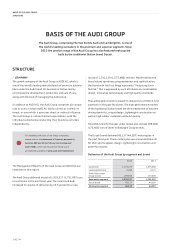 142
142 -
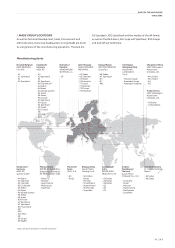 143
143 -
 144
144 -
 145
145 -
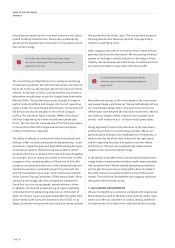 146
146 -
 147
147 -
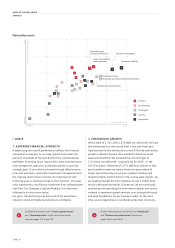 148
148 -
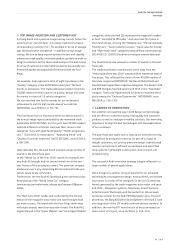 149
149 -
 150
150 -
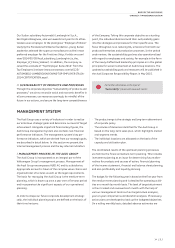 151
151 -
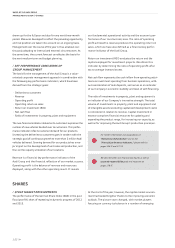 152
152 -
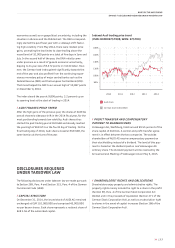 153
153 -
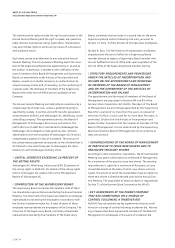 154
154 -
 155
155 -
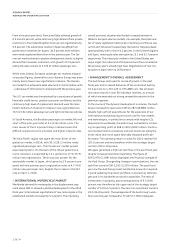 156
156 -
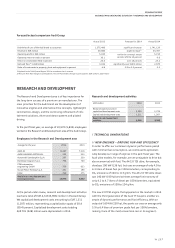 157
157 -
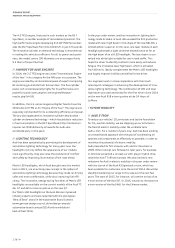 158
158 -
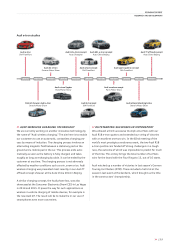 159
159 -
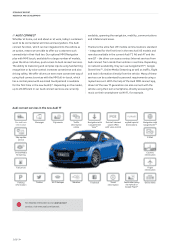 160
160 -
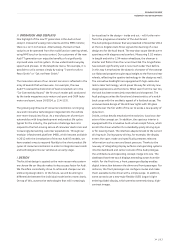 161
161 -
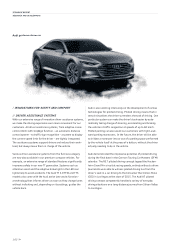 162
162 -
 163
163 -
 164
164 -
 165
165 -
 166
166 -
 167
167 -
 168
168 -
 169
169 -
 170
170 -
 171
171 -
 172
172 -
 173
173 -
 174
174 -
 175
175 -
 176
176 -
 177
177 -
 178
178 -
 179
179 -
 180
180 -
 181
181 -
 182
182 -
 183
183 -
 184
184 -
 185
185 -
 186
186 -
 187
187 -
 188
188 -
 189
189 -
 190
190 -
 191
191 -
 192
192 -
 193
193 -
 194
194 -
 195
195 -
 196
196 -
 197
197 -
 198
198 -
 199
199 -
 200
200 -
 201
201 -
 202
202 -
 203
203 -
 204
204 -
 205
205 -
 206
206 -
 207
207 -
 208
208 -
 209
209 -
 210
210 -
 211
211 -
 212
212 -
 213
213 -
 214
214 -
 215
215 -
 216
216 -
 217
217 -
 218
218 -
 219
219 -
 220
220 -
 221
221 -
 222
222 -
 223
223 -
 224
224 -
 225
225 -
 226
226 -
 227
227 -
 228
228 -
 229
229 -
 230
230 -
 231
231 -
 232
232 -
 233
233 -
 234
234 -
 235
235 -
 236
236 -
 237
237 -
 238
238 -
 239
239 -
 240
240 -
 241
241 -
 242
242 -
 243
243 -
 244
244 -
 245
245 -
 246
246 -
 247
247 -
 248
248 -
 249
249 -
 250
250 -
 251
251 -
 252
252 -
 253
253 -
 254
254 -
 255
255 -
 256
256 -
 257
257 -
 258
258 -
 259
259 -
 260
260 -
 261
261 -
 262
262 -
 263
263 -
 264
264 -
 265
265 -
 266
266 -
 267
267 -
 268
268 -
 269
269 -
 270
270 -
 271
271 -
 272
272 -
 273
273 -
 274
274 -
 275
275 -
 276
276 -
 277
277 -
 278
278 -
 279
279 -
 280
280 -
 281
281 -
 282
282 -
 283
283 -
 284
284 -
 285
285 -
 286
286 -
 287
287 -
 288
288 -
 289
289 -
 290
290 -
 291
291 -
 292
292 -
 293
293 -
 294
294
 |
 |
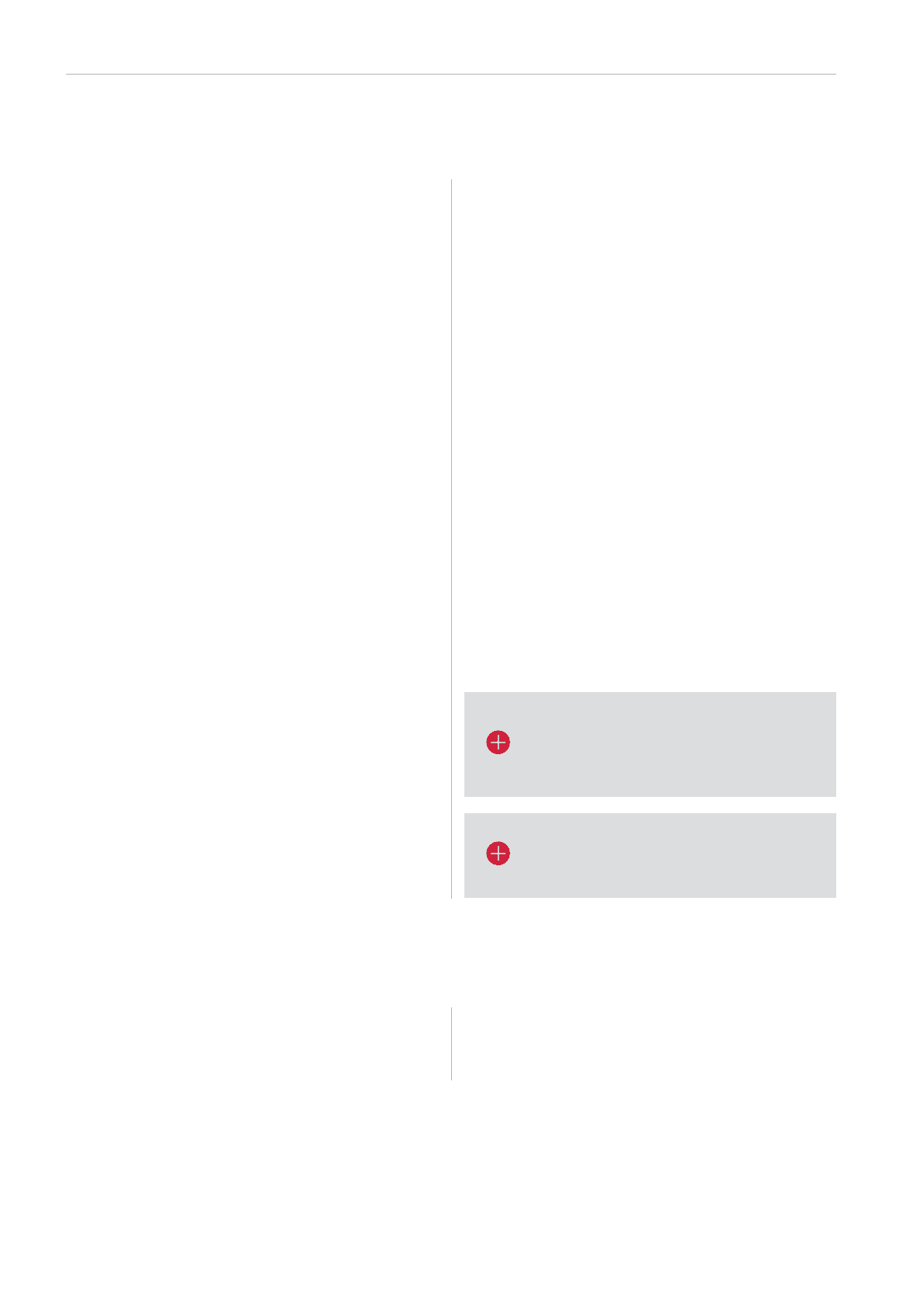
BASIS OF THE AUDI GROUP
MANAGEMENT SYSTEM // SHARES
152
>>
drawn up for the full year and also for any next three-month
period. Measures developed to reflect the prevailing opportunity
and risk position are taken into account on an ongoing basis.
Management over the course of the year is thus all about con-
tinuously adapting to internal and external circumstances. At
the same time, the current forecast constitutes the basis for
the next medium-term and budget planning.
/
KEY PERFORMANCE INDICATORS OF
GROUP MANAGEMENT
The basis for the management of the Audi Group is a value-
oriented corporate management approach in combination with
the following key performance indicators, which have been
derived from the strategic goals:
>Deliveries to customers
>Revenue
>Operating profit
>Operating return on sales
>Return on investment (ROI)
>Net cash flow
>Ratio of investments in property, plant and equipment
The non-financial indicator deliveries to customers expresses the
number of new vehicles handed over to customers. This perfor-
mance indicator reflects customer demand for our products.
Increasing the deliveries to customers goes in tandem with the
strategic goal of continuous growth to more than 2 million Audi
vehicles delivered. Growing demand for our products has a ma-
jor impact on the development of unit sales and production, and
thus on the capacity utilization of our locations.
Revenue is a financial key performance indicator of the
Audi Group and the financial reflection of our market success.
Operating profit is the balance of revenue and resources
deployed, along with the other operating result. It reveals
our fundamental operational activity and the economic per-
formance of our core business area. The ratio of operating
profit achieved to revenue produces the operating return on
sales, which we have also defined as a financial key perfor-
mance indicator of the Audi Group.
Return on investment (R0I) evaluates the return and the
capital employed for investment projects. We obtain this
indicator by determining the ratio of operating profit after
tax to average invested assets.
Net cash flow represents the cash inflow from operating activi-
ties less investment spending from business operations, with-
out consideration of cash deposits, and serves as an indicator
of our Company’s economic stability and level of self-financing.
The ratio of investments in property, plant and equipment is
an indicator of our Company’s innovative strength. The total
volume of investments in property, plant and equipment and
of intangible assets (excluding capitalized development costs)
is considered in relation to revenue. Capital investment in
essence comprises financial resources for updating and
expanding the product range, for increasing our capacity, as
well as for improving the Audi Group’s production processes.
For further information and explanations on
“Deliveries and distribution” and on the
“Financial performance indicators,” please refer to
pages 166 ff. and 171 ff.
We describe other non-financial key figures as well as
corporate responsibility goals and measures on
pages 178 ff.
SHARES
/
STOCK MARKET DEVELOPMENTS
The performance of the German Share Index (DAX) in the past
fiscal year fell short of repeating its dynamic progress of 2012
and 2013.
At the start of the year, however, the capital market environ-
ment had looked brighter thanks to the improving economic
outlook. The picture soon changed, with market players
focusing on currency turbulence in a number of emerging
